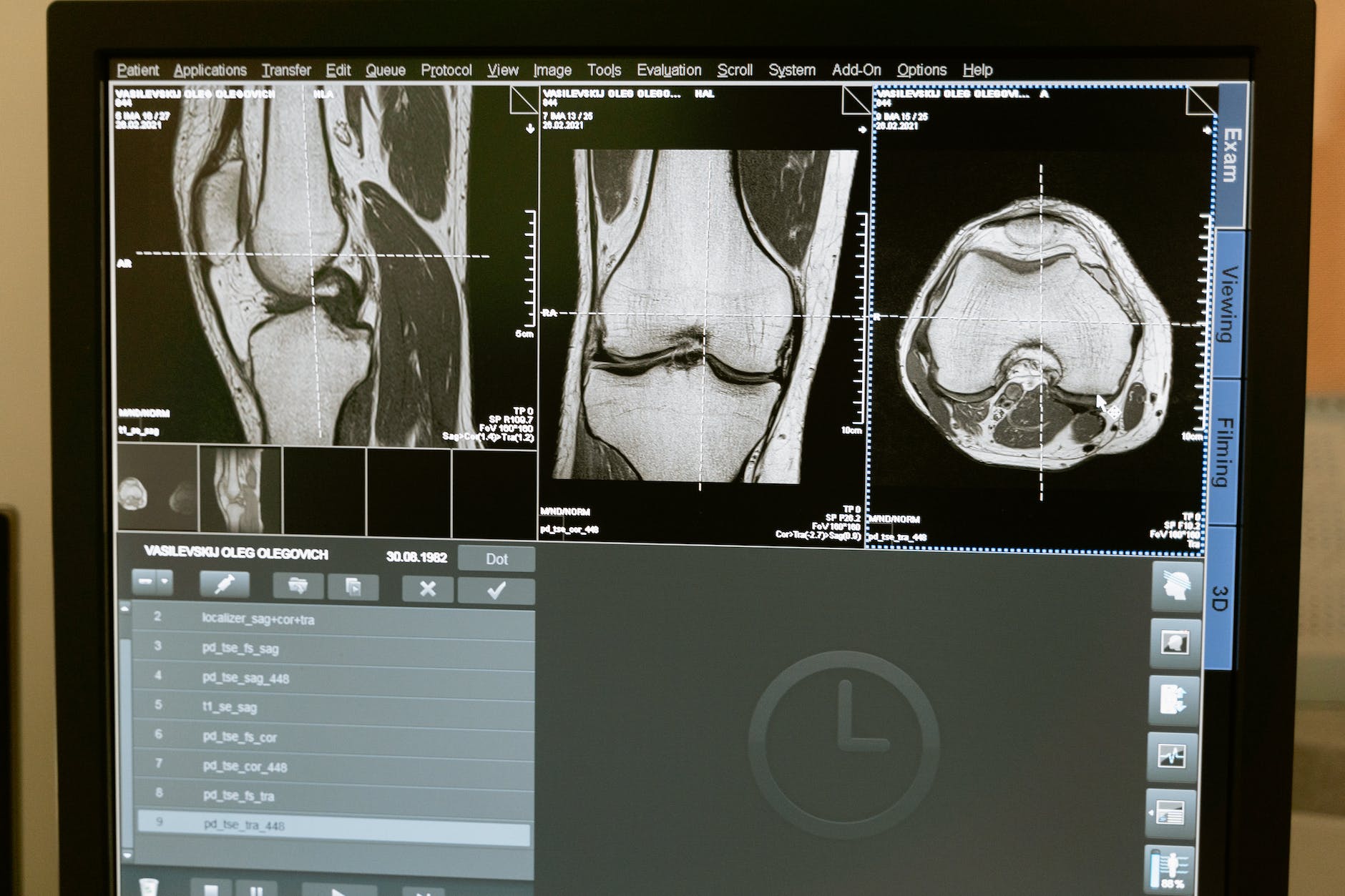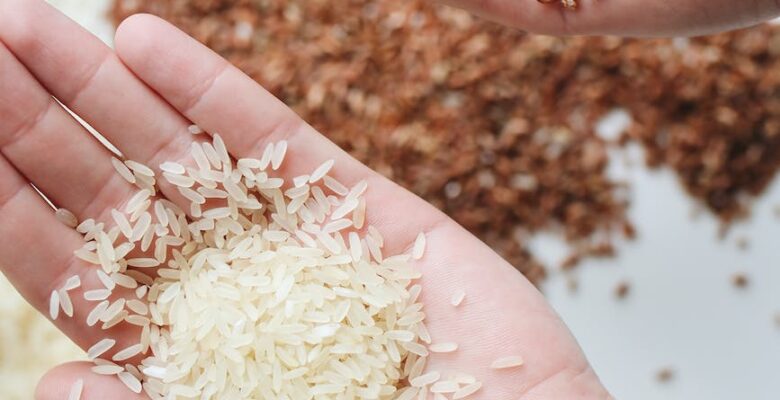Kamut® (pronounced ka-moot) is a brand name for Khorasan wheat. The grain had almost been forgotten, but it has recently made a comeback. This is most likely due to its pleasing flavor, texture, nutritional value, and hypoallergenic properties.
Want to experiment with different grains? Add Kamut to your pantry for improved digestion, brain function, and energy.
It’s also high in nutrients and will keep you full for hours.
What Exactly Is Kamut?
Kamut has a perplexing and unknown past. Scientists from all over the world examined the grain and reached different conclusions about its origin and identification.
Because they both belong to the Triticum turgidum family, kamut is thought to be a cousin of durum wheat.

The flavor of Kamut brand wheat is delicious and buttery. Furthermore, it is known to be easily digestible.
It is similar to bulgar wheat in that it contains more proteins, lipids, vitamins, minerals, and amino acids than regular wheat. As a result, it is a more nutritious substitute.
Furthermore, because it produces high-quality wheat without the use of artificial fertilizers or pesticides, kamut is an excellent crop for organic farming. This is because the crop tolerates a wide range of organic conditions and yields very well.
The size of Kamuts are twice the size of wheat kernels and have a distinct hump shape.
The story of Kamut’s arrival in the United States is fascinating
According to anecdotal evidence, the Kamut grain was discovered in an Egyptian pyramid, and some kernels were given to an American airman stationed in Portugal around 1949. The airman delivered them to his father, a wheat farmer in Montana.
He had no commercial success with it, and interest in the grain waned until Mack and Bob Quinn, father and son Montana farmers, decided to cultivate it in 1977. By 1990, the Quinns had trademarked the protected, cultivated uranium variety QK-77 as Kamut®.
Kamut is formerly known as Khorasan wheat, and you should be able to locate this in any health food store.
Nutritional Information
When compared to modern wheat, the chemical composition of Kamut wheat has a clear advantage because it contains up to 40% more protein. Kamut also contains more zinc, magnesium, and selenium, as well as a variety of polyphenols and fatty acids.
It is referred to as a “high-energy grain” due to its high lipid content, which provides more energy than refined carbohydrates.
One cup (172 grams) of cooked Kamut contains approximately 251 calories.
- 52.4 g of carbohydrate
- 111.1 g of protein
- 1.6 g of fat
- 7 g of dietary fiber
- 2 mcg manganese (104 percent DV)
- 304 milligrams phosphorus (30%DV)
- 4.7 milligrams (24 percent DV) of Niacin
- 96 milligrams magnesium (24% DV)
- 0.4 milligrams copper (21% DV)
- 3 milligrams of zinc (20% daily value)
- 3 milligrams of iron (19% of DV)
- 0.2 milligrams thiamin (14% DV) 0.14 milligrams vitamin B6 (7% DV)
- 20 micrograms folate (50% DV)
- 0.05 milligrams riboflavin (3 percent daily value)
- 17 milligrams calcium (2% DV)
Benefits
1. Promotes Bone Health
Kamut contains manganese, which promotes strong and healthy bones. This important mineral aids in the prevention of bone loss, particularly in people who are more prone to weak bones and fractures.
Manganese is involved in bone metabolism because it aids in the regularity of hormones and enzymes.
According to new research, consuming manganese, along with copper, calcium, and zinc, improves bone mineral density in menopausal women.
Eating manganese-rich foods, such as Kamut, is important for maintaining strong bones and acts as a natural treatment for osteoporosis and bone damage symptoms.
Note: Kamut has more than 100% of the daily recommended magnesium value in a cup.

2. Promotes Digestive Health
Because Kamut is high in fiber, it promotes the regularity and function of the digestive system. Because Kamut is a fibrous carbohydrate, it cleans you out, fills you up, and helps fight bacteria and toxins by increasing nutrient absorption.
Consuming fibrous foods has been shown to have numerous health benefits, including improved gut motility, and it prevents digestive issues such as constipation.
The zinc content of Kamut also aids in digestion regulation. Because zinc deficiency is linked to chronic digestive issues and diarrheal diseases, zinc supplementation has been shown to be effective in both preventing diarrhea and prophylaxis.
3. It detoxifies the body
If you have frequent headaches, bloating, gas, fatigue, muscle aches, skin problems, or bad breath, your liver may need to be detoxed. Kamut is high in phosphorus, an essential mineral that is involved in hundreds of cellular activities every day.
Phosphorus-rich foods support kidney function and aid in detoxification by eliminating toxins and waste through urine. According to research, maintaining healthy phosphorus levels is critical, so eating whole foods (like Kamut) rather than processed foods with phosphorus additives is ideal.
Digestive organs and kidneys rely on electrolytes such as phosphorus, potassium, and magnesium to maintain proper levels of sodium, uric acid, water, and fat in the body.
4. High Protein Content
We all know that protein is the main building block of our bodies cells, organs, and muscles. Kamut contains a lot of protein, which our bodies use to make hormones, coenzymes, blood cells, and even DNA.
Weight loss is a significant advantage of eating high-protein foods. Protein boosts satiety (or fullness) during meals, leading to people eating less overall.
If you eat until you are satisfied rather than stuffed, you are only eating what your body requires, which aids in weight loss and management.
Diets that are high in protein improve appetites, body weight management, and cardiometabolic risk factors. These enhancements are thought to be the result of changes in energy metabolism and energy intake.
5. Protects against the common cold
The zinc in Kamut may help prevent the common cold and other illness symptoms. According to research, zinc can disrupt the molecular process that causes bacteria and mucus to build up in the nasal passages.
Based on its electrical charge, ionic zinc can effect as an antiviral by attaching to receptors in nasal epithelial cells and preventing viral infection.
According to a 2013 study published in the Cochrane Database of Systematic Reviews, zinc consumption can reduce the duration of the common cold. After seven days of treatment, the proportion of participants who experienced cold symptoms was significantly lower than in the control group.
In addition, people receiving zinc therapy had a lower risk of getting a cold or needing antibiotics.
6. Promotes Brain Health
The manganese in Kamut promotes cognitive health and contributes to the viability of Khorasan wheat as a brain food.
Did you know that the brain contains a portion of the body’s manganese supply? As a result, manganese is closely linked to cognitive function.
Manganese is released into the brain’s synaptic cleft and affects synaptic neurotransmission, so a manganese deficiency may make people more susceptible to mental illness, mood changes, learning disabilities, and even epilepsy.
According to a 2013 study published in the International Review of Neurobiology, manganese is “pivotal for normal cell function and metabolism.”
It should be noted, however, that excessive manganese consumption can have a toxic effect on the brain.
7. Hormone Balance
Zinc and manganese are responsible for the body’s natural hormone balance. Zinc promotes hormonal health and fertility by playing an important role in hormone production, including naturally increasing testosterone, which plays important roles in both men and women.
Zinc is beneficial to female sex hormones and even plays a role in the release and creation of eggs within and from the ovaries.


When estrogen levels become too high or too low, it causes menstrual problems, mood swings, infertility, and menopause, as well as possibly increasing the risk of cancer.
A study was done on 100 males by giving 250 mg of zin supplement for 6 weeks. The treatment increased testosterone levels significantly, implying that zinc can improve sexual function in patients suffering from sexual dysfunction.
8. Reduces Cholesterol
Consuming high-fiber foods, such as Kamut, is effective for lowering Cholesterol because fiber aids digestion and helps the body eliminate toxins and unwanted waste.
Kamut wheat was compared to semi-whole-grain wheat in a clinical study. Participants ate products made from one of the wheat varieties, such as pasta, bread, and crackers.
After an eight-week period of consumption, laboratory analysis revealed that Kamut products may be effective in lowering metabolic risk factors, including markers of oxidative stress and inflammatory status.
How to Use (Including Recipes)
Kamut can be purchased online or in the grain or flour section of your local health food store. Wheat is used in baked goods, bread, pasta, waffles, and pancakes in the same way that modern wheat is. It is even used in the production of beer.
Kamut is well-known for its silky texture and nutty, buttery flavor.
Soaking the kernels overnight is the quickest way to prepare Kamut at home. After the kernels have been soaked, combine 1 cup of Kamut with 3 cups of water in a pan and bring it to a boil.
Continue to cook until the grain is tender, on low heat, which should take about 30 – 40 minutes. If you did not soak the kernels overnight, simmer them for an hour.
Here are a few ways to incorporate Kamut or a wheat-containing product into your daily diet:
Instead of oats, have Kamut grains for breakfast. To make a filling breakfast bowl, combine fruit, nuts, and honey.
Make a cold pasta salad or a warm and rich pasta dish with Kamut pasta.
Kamut grains can be added to a soup, stew, or salad.
Stir the grains into the pan.
Serve Kamut grain as a side dish alongside grilled chicken or fish.
As a snack or side dish, dip Kamut chips or pita in hummus.
Kamut flour can be used to make cookies, cakes, and muffins.
Using home-cooked Kamut grains in a cold and refreshing salad is an excellent way to take advantage of its protein and fiber content. It also gives mixed vegetables a nutty and delicious flavor.
If you do not have gluten sensitivity, try making cookies with Kamut flour. This is an excellent way to begin or end the day!
Kamut grain goes well with any hearty soup or stew. This Beef Stew Recipe is both healing and nutritious. It’s good for your gut, full of vegetables and protein, and it’s simple to make!
Risks and Adverse Effects
In food quantities, kamut wheat is safe to consume.
Remember that Kamut contains gluten. It has less gluten than whole wheat products and is easier to digest, but if you have a severe gluten intolerance, you should avoid consuming Kamut.
If you’ve never tried Kamut before, start with a modest bit and see how you like it. If you begin to feel sick, have headaches, or develop skin irritations, you may be allergic to Kamut.
Contact your healthcare provider if the side effects are severe.

To Conclude
Kamut (pronounced ka-moot) is the name given to Khorasan wheat, which is thought to be durum wheat’s cousin.
It has a buttery flavor and is a filling fibrous food high in nutrients such as B vitamins, magnesium, and zinc.
Including Kamut in your diet can help with digestion, bone and immune system health, brain function, and even lower Cholesterol.
Kamut can be found at your local grocery store or health food store. It’s a versatile ingredient that works well in breakfast bowls, salads, desserts, and soups.
